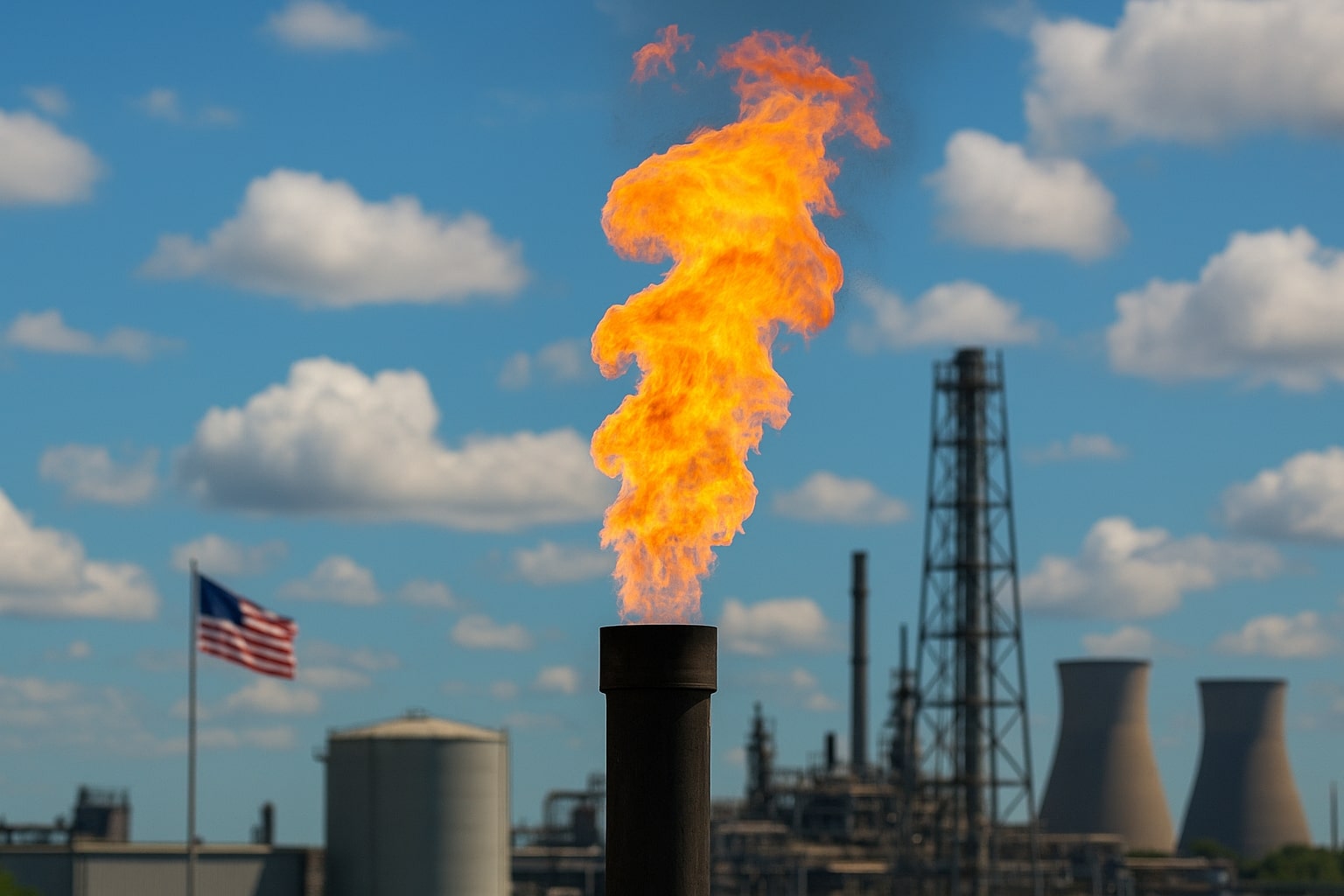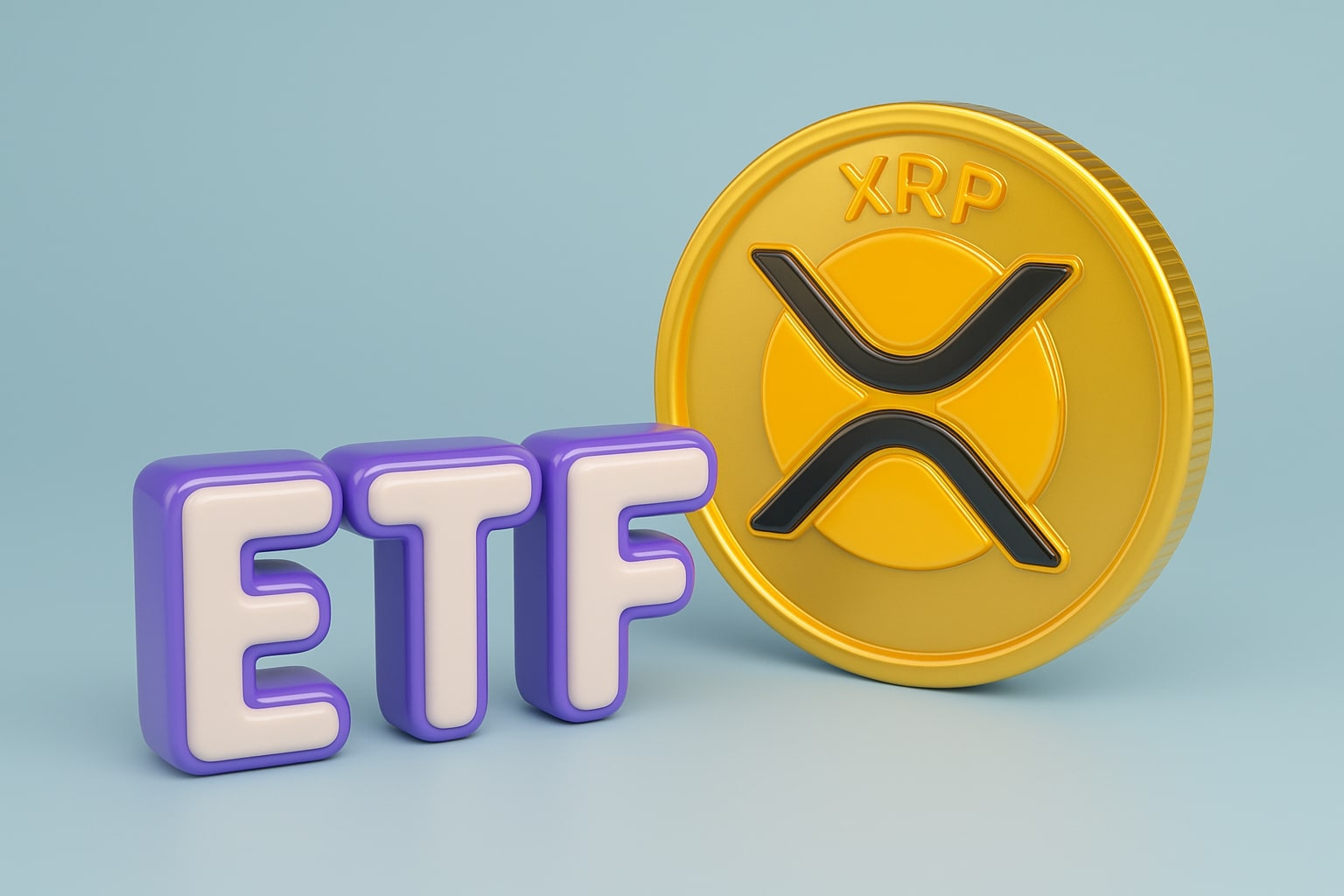
Natural Gas Price Forecast - (NG=F) Breaks Higher to $3.35 as Pipeline Cuts Pressure Waha and Winter Demand Rises
Futures climb above key $3.29 support with 4.38% gains, exports to Mexico shrink by 5.7 Bcf in September, and traders eye $3.60–$4.00 targets as heating season accelerates | That's TradingNEWS
Natural Gas (NG=F) Extends Rally as Futures Break Key Resistance Levels
Technical Structure: Futures Push Above $3.29 With Bullish Momentum
Natural Gas (NG=F) futures climbed 4.38% in the latest session, trading near $3.35 per MMBtu after breaching the $3.29 resistance zone. The November contract has taken the lead, and momentum indicators show a strong upward bias. The 50-day EMA at $3.07 and 200-day EMA at $3.22 have now turned into layered support, while immediate resistance emerges at $3.39, $3.45, and $3.52. RSI sits at 68, reflecting heavy buying but edging into overbought territory, suggesting consolidation before another push higher. Short-term technicals point to a possible retest of the $3.29–$3.22 band before another leg toward $3.60 and $4.00.
Seasonal Demand Shift: U.S. and Europe Brace for Colder Weather
The rally is not purely technical. Traders are pricing in stronger seasonal demand as colder temperatures arrive across the U.S. Northeast and European markets. Heating demand historically accelerates into November, and forecasts of below-average temperatures have amplified speculative long positions. EBW Analytics flagged that part of the week’s surge is also tied to short covering, which added extra fuel to the rally. This dynamic, paired with the seasonal turn, has shifted sentiment firmly away from bearish postures held in late summer.
U.S. Supply and Exports: Government Shutdown and Pipeline Bottlenecks
Despite the federal shutdown weighing on broader commodities, natural gas remains resilient. Daily gas exports via the Valley Crossing pipeline into Mexico have been disrupted due to gas quality issues, cutting flows from 1.84 Bcf/d in summer to 1.49 Bcf/d in late September. That’s a 0.15 Bcf/d year-over-year deficit, equivalent to nearly 4.5 Bcf less supply in September and 5.7 Bcf lost since the notice began. Waha hub prices plunged into negative territory, dropping from near $1.00/MMBtu in August to -1.50/MMBtu by late September, underscoring regional supply pressure. Yet, at Agua Dulce and the Houston Ship Channel, prices remain stable between $2.50–$3.00/MMBtu, suggesting broader markets are absorbing the shock.
Read More
-
PFFA ETF Nears $21.50 as Rate Cuts and 9.49% Yield Spark Renewed Demand
29.11.2025 · TradingNEWS ArchiveStocks
-
XRPI and XRPR ETFs Ignite Ripple’s Institutional Rally as Inflows Near $1B and XRP Holds $2.20
29.11.2025 · TradingNEWS ArchiveCrypto
-
Natural Gas Price Forecast - NG=F Blasts to $4.85 as Demand Surge Fuel Multi-Month Breakout
29.11.2025 · TradingNEWS ArchiveCommodities
-
USD/JPY Price Forecast - Yen to Dollar Slides to 156.10 as Yen Strengthens on Fed Cut Expectations
29.11.2025 · TradingNEWS ArchiveForex
European Storage and TTF Price Pressure
On the European side, the Dutch TTF contract fell 1.5% to €30.92/MWh, breaking below the €32 range maintained since August. EU gas storage levels remain robust at 82% capacity, easing fears of a supply crunch despite intensifying geopolitical risks. Norway’s pipeline flows are near capacity, while LNG imports remain strong, offsetting weaker Asian demand, especially from China. This abundance has tempered price spikes and kept European benchmarks anchored, even as U.S. LNG flows remain critical for winter stability.
LNG Exports and Global Balances
American LNG demand continues to support U.S. prices. Cargoes remain heavily bid as Europe shores up storage and Asia holds back. Freight rates for LNG vessels are at seasonal lows, a sign of oversupply capacity in transport, but contracts tied to U.S. LNG flows keep the floor under Henry Hub-linked benchmarks. The EIA projects U.S. natural gas to average $3.70 in Q4 2025 and $4.30 in 2026, supported by both domestic heating demand and international LNG flows.
Key Levels and Short-Term Scenarios
Immediate price action hinges on whether NG=F can sustain above $3.29 support. A retest could draw in fresh buying, targeting $3.52 near-term and $3.60–$4.00 into winter. On the downside, if price fails to hold the $3.22–$3.29 zone, a dip toward $2.90 remains possible, especially if weather turns warmer than expected. However, with technical indicators aligned and demand trends shifting, bears face an uphill battle.



















